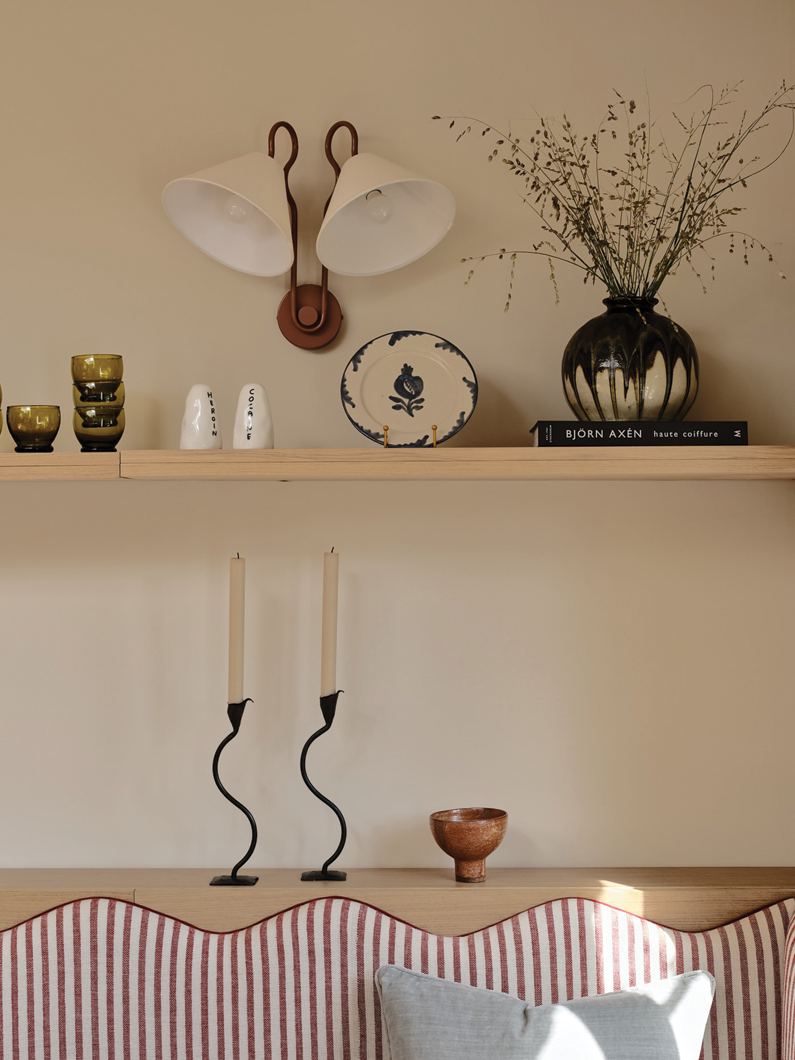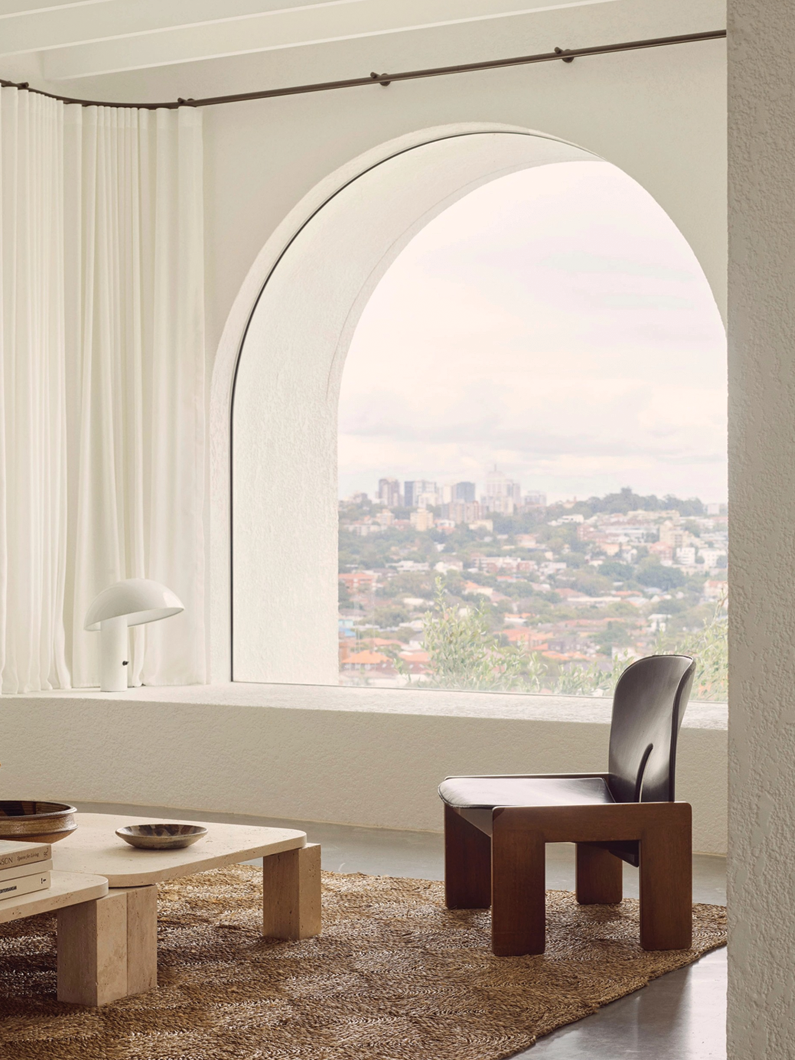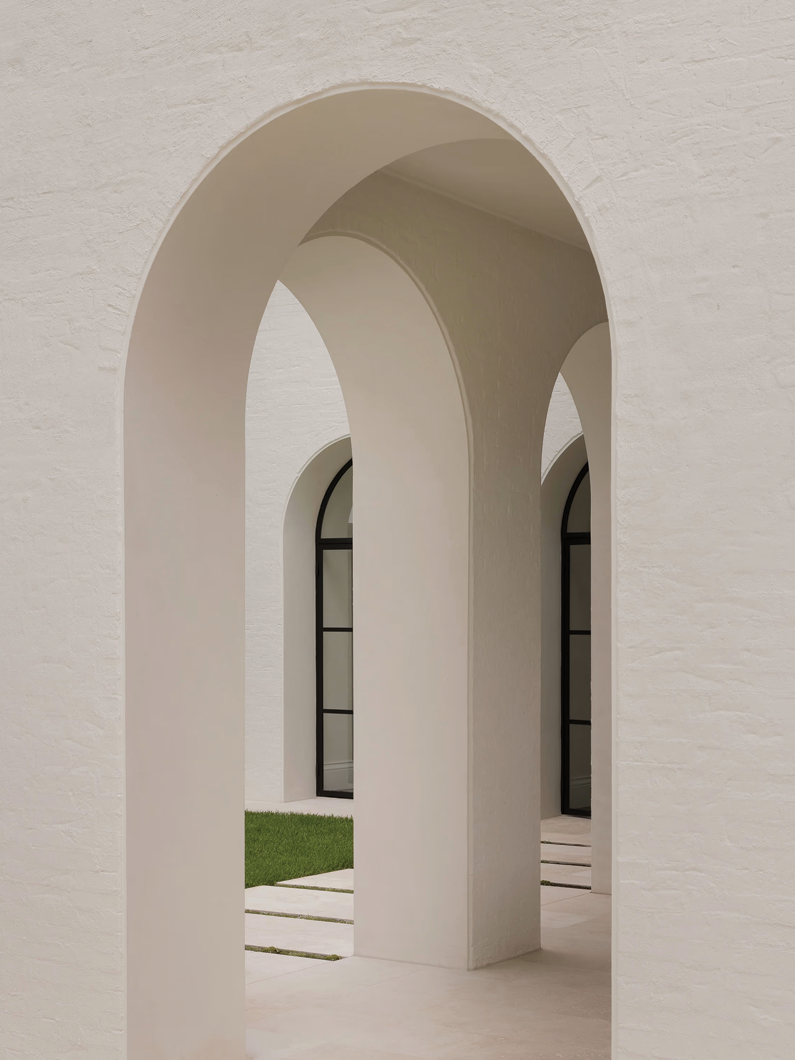
Originally written for and published in Homestyle magazine.
The spaces we inhabit have an enormous impact on not just how we feel, but who we are, how we show up in the world, and even in our ‘becoming’.
One of the fundamental building blocks of our sense of self is what psychologists call Place Identity – how we define ourselves in relation to the environments in which we spend our everyday lives. A room isn’t just background scenery, it is an active catalyst in a person’s evolving sense of self-worth. Our spaces give us an identity – they answer the question ‘Who Am I’? and give us belonging, meaning and connection. Our spaces mould and colour our thoughts, our experiences, and yes, our behaviours. We shape our spaces. And then they shape us.
We shape our spaces. And then they shape us.
It's a very simple concept, but a profound one, too - because it means, by changing the design of our spaces (even in small ways) - we can change not only the quality of our lives, but how we actually see ourselves.
Modern life is full of chaos, stress and friction, and the design of our spaces can either amplify or alleviate this mental load. Design is a bit like a soundtrack that you’re not even aware is playing as you go about your day. The underlying tone can make you feel buoyant and ‘on purpose’. Or it can make you feel overwhelmed and misaligned, bleh and bored. At best, uninspiring; at worst, undignifying.
The ordinary little activities we repeat each day, woven together, create the fabric of our lives. This fabric can be scratchy and ill-fitting, it can weigh us down. Design tailors the fabric of our lives, making it smoother, simpler, more beautiful, and more meaningful.
A well-designed space can also make us feel most like ourselves, helping us love who we are, celebrating our unique qualities and passions, acting as a supportive participant in self-expression and personal growth, and helping us flourish. Conversely, a poorly designed space can make us feel disconnected from ourselves.
Architect John Cary says it best: "Well-designed spaces are not just a matter of taste or a question of aesthetics; they literally shape our ideas about who we are and what we deserve in the world. That is the essence of dignity — and both the opportunity and the responsibility of design.”
Being able to give yourself good design is a privilege, for sure. But it’s not frivolous, superficial, nor selfish. Enjoying the life you’ve been given is your birth right. In fact, I think that if you’ve been blessed with a certain sort of life, it’s kinda wasteful and ungrateful not to live it. And when you maximise your life, you’re able to give your best to this world, and to those you love. The more free, confident, and joyful our environment can support us in being, the more we have bandwidth for compassion and generosity.
That’s why I think it’s important that everyone in a household has a place to call their own. Yes, even mums. Personal space is healthy and necessary – even if it’s just the one square foot beside your bed. Actually, I’m all about a Curated Bedside – it’s a small area so won’t be overwhelming, usually doesn’t require much expense (or time) to re-design, and is one of the only places you don’t need to consider anyone else’s feelings or needs. And because it’s where you start and end each day, it’s a great place to begin experimenting with how space design can elevate your everyday.
Consider the aesthetic, the practical and the emotional, and then re-design your personal space to satisfy all three of these needs. It’s form, function, and feel. Decide what energy you want your space to transmit – do you want to be inspired and uplifted, or calmed and centred? What activities and rituals do you want to have happen here? How can you redesign this little space to encourage and support this? And how could it better reflect who you are and who you want to be? After all, your spaces are not just a reflection of who you are now, they are a statement about who you want to become.
Your spaces are not just a reflection of who you are now, they are a statement about who you want to become.
Our focus as a design industry has traditionally been on making things pretty; creating a ‘look’. But with every tool now at our disposal, and 1001 ways to make a space aesthetic, we want to go deeper than the visual. Style, sure – but with substance. Beauty and brains – get you a room that can do both.
Going deeper also means going slower. We have this tendency to think of design as a short-term project with an end point – that day where we can pull the painter’s tape off, arrange the last little vignette, and our job is done. But this isn’t The Block, no-one’s yelling “Tools Down!” and judging us out of ten (thank goodness). So, take your time. Play the long game. Allow the creation of your home to be an iterative process of editing, auditing, and refining.
Because when we design our spaces, we design our lives. We design ourselves.
By Sunday Founder Alana Broadhead



